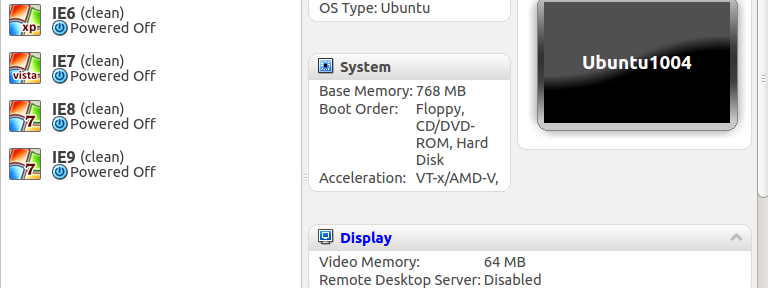This is a bit late, but I wanted to ramble for a bit on RailsConf 2014. I have a few main points that can be summarized as:
- TDD isn’t dead, but we’ve opened up a conversation about how useful it is.
- RailsConf is less and less about Rails each year and that’s ok.
- The Rails/Ruby community is awesome!
TDD isn’t dead
Some people say that DHH declared TDD dead. I disagree. What he did was to open a discussion about testing that we’ve been lacking in the community. The TDD “fad diet” has always troubled me. When TDD proponents quiz a room and ask people how many are using TDD lots of hands go up. Then when they ask if you write your tests first, the hands go down. It makes a point, but it also is a form of shaming. I believe in testing, but I have yet to see a test suite for an app or a gem that I thought was an outstanding example of great code. If it’s out there and I’m just missing it, please let me know. The tools we have now seem to be just barely scratching the surface of what we can do to teach effective testing. I’m thirsty for more testing tips and frameworks that take the confusion out of testing and give us a better way to talk about it and DHH opened the way for that conversation.
RailsConf is less and less about Rails
I’ve been to 3 RailsConfs now. Each one was well worth it. Austin was great as it opened my eyes to the Ruby community and what it has to offer. I learned it’s not possible to ruby without twitter, and that lightning talks rock. There were talks on nearly all aspects of a Rails application, and people even commented on how many were not really about Rails. Even so, talks on coffeescript, backbone, sass and others still seemed dominated the standard Rails talks.
RailsConf 2013 in Portland had Rails as well. But this time it seemed like something was shifting. There were testing tricks, talks on Go, talks about what we can learn from python, and even talks on talks.
And now in 2014, we had a whole track on learning from designers. We also had a track on training and team building and one on playing nicely. There was a talk about saving the world by saving the bees using sinatra. One devoted to databases of all kinds (but just use Postrgre), and another on the tricks our minds play on us.
Overall, I think that signifies that our community is growing, and we have a place for everyone. Which leads to the next section… because…
The Community is Awesome!
Rails is a very open community. We welcome everyone. Yes, there’s always talk about how we get more women, GLBT, and minorities involved, but here’s the thing… we talk about how we can get more women, GLBT and minorities involved! We are not nearly where we need to be yet, but we’re working on it. The more Katrina Owen, Sandi Metz, and Coraline Ehmke get to speak and have a voice, the more women like them will join our community. The diversity of ideas, gender and race can only help us to grow and find new and interesting ways to solve problems.


